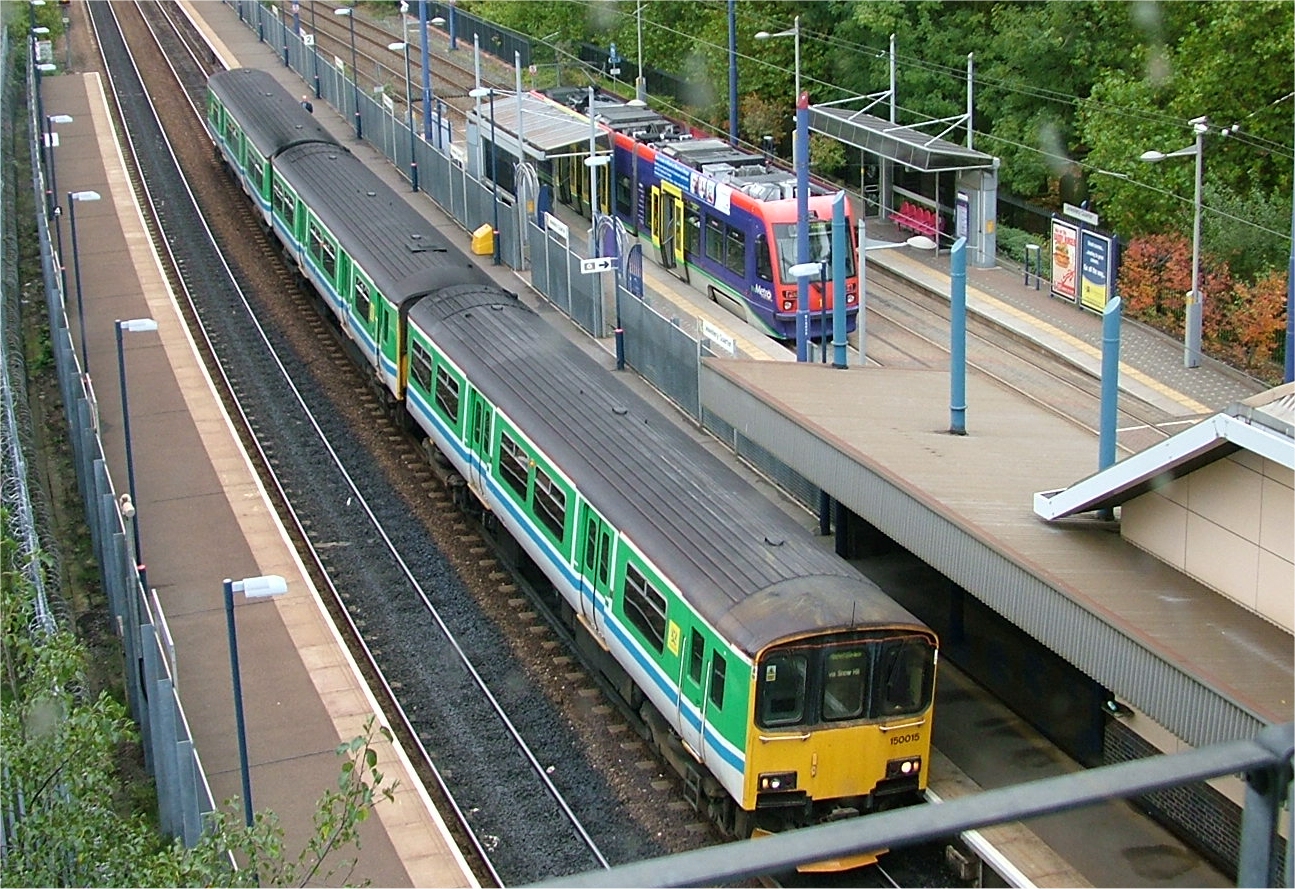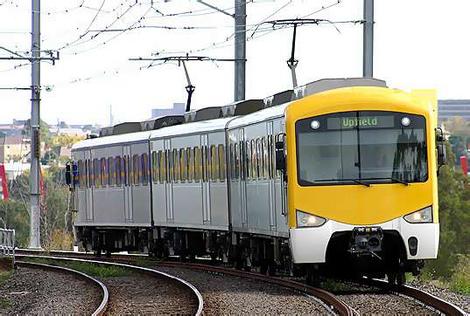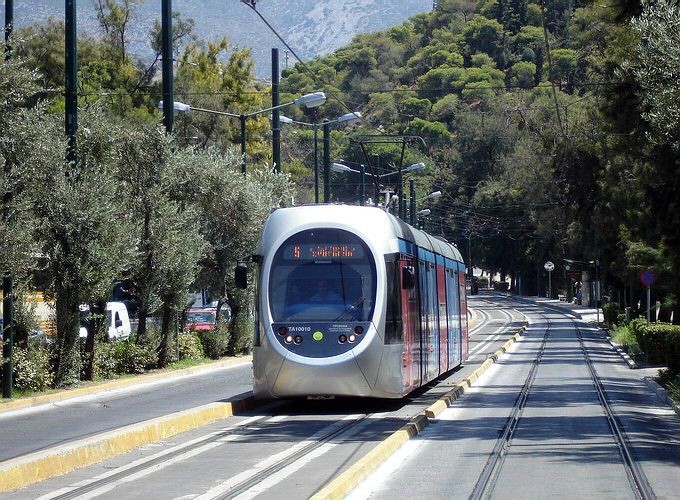Difference Between Train and Tram

In modern times, public transportation has become a major contributing factor towards the growth of an economy; especially in underdeveloped countries. Trains and trams are two modes of transportation very similar to each other. However, there exist a number of differences between them.
The major difference between a train and a tram is their length. In general, a train is longer as compared to a tram. Furthermore, the engines of a train are bigger than that of a tram, resulting in it being faster than a tram.
Trains are meant for inter-city or even across border transportation of both passengers and goods. The same however, is not true in case of trams. In general, a tram runs within the limits of a certain city and its primary function is to facilitate people to reach from one place to the other within the city.
The tracks on which a train and a tram run also differ from each other. Tram tracks are generally laid in the centre of a road and are the same level as the road. The same is not true in case of train tracks, which are laid a few inches above the ground level.
Instructions
-
1
Train:
A train can be defined as a series of vehicles connected with each other to form a long chain. For centuries now, trains have been used as a means of transportation, for both cargo and passenger. With the advances in technology, train engines have evolved from steam powered engines to electric engines.
A train can serve more than one purposes. For instance, some trains are specifically designed for transporting passengers whereas other trains are used strictly for transportation of goods. Moreover, there are some trains which serve both these purposes.
Image Courtesy: theage.com.au

-
2
Tram:
Tramcar, streetcar and trolley car are some of the common terms used to refer to a tram.
A tram is a rail vehicle which runs along public urban streets on specially laid tracks. In modern times, all trams are powered using electricity. They are commonly seen in developed countries such as the US, Canada, Britain, France and Germany. Most of the developing countries still do not have this facility for their citizens.
Image Courtesy: reviewsoftings.wordpress.com








